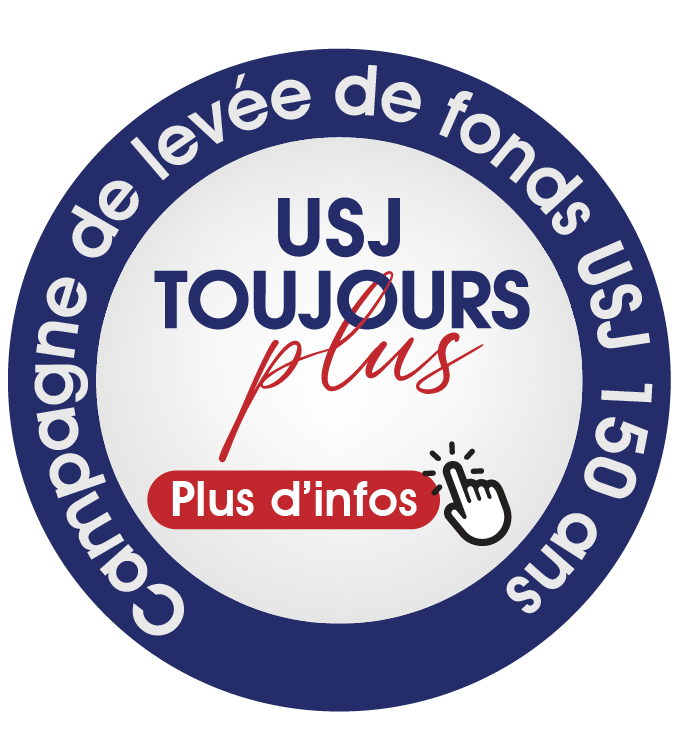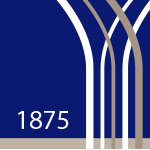
|
This Teaching Unit is designed to enable students to master the translation of print and broadcast media. It aims to develop students’ abilities to rewrite and rephrase content according to the requirements of this field. Students also learn to produce and rewrite news in both English and Arabic.
Temps présentiel : 30 heures
Charge de travail étudiant : 100 heures
Méthode(s) d'évaluation : Examen final, Examen partiel, Participation, Travaux pratiques contrôlés
Référence :
● Conway, K. (2015). What is the Role of Culture in News Translation? A Materialist Approach. Perspectives, 23(4), 521–535. doi.org/10.1080/0907676X.2015.1026833
● Bielsa, E. (2010). Translating News: A Comparison of Practices in News Agencies. ResearchGate. Published.
www.researchgate.net/publication/270510119_Translating_News_A_Comparison_of_Practices_in_News_Agencies
● Caimotto, C., Bassnett, S., Bielsa, E., & Conway, K. (2006). Translation in Global News -Esperanca and Susan Bassnett. Academia. Published. www.academia.edu/29748957/Translation_in_Global_News
● Tsai, C. (2013). Television News Translation in the Era of Market-driven Journalism. Meta, 57(4), 1060–1080. doi.org/10.7202/1021233ar
● Junining, E., & Kusuma, V. A. (2020). TRANSLATION STRATEGIES FOR TRANSLATING A NEWS ARTICLE. LiNGUA: Jurnal Ilmu Bahasa Dan Sastra, 15(1), 79–90. doi.org/10.18860/ling.v15i1.9562
● Fedlex. (n.d.). www.fedlex.admin.ch/eli/cc/2014/245/fr
● Abdel Menhem Yassine, Y. (s. d.). أنا ِصحافِيّ. Google Books. books.google.fr/books?id=1gvaDwAAQBAJ&pg=PT177&lpg=PT177&dq=%D9%83%D8%AA%D8%A7%D8%A8%D8%A9+%D9%85%D9%84%D9%81+%D8%B5%D8%AD%D9%81%D9%8A&source=bl&ots=An9MvqVKWu&sig=ACfU3U05oRqAHI2Z63ax0V7Rtm1sLqSvVg&hl=en&sa=X&ved=2ahUKEwigsJ_pv_7xAhWRC2MBHft-Bm4Q6AEwCXoECAgQAw#v=onepage&q=%D9%83%D8%AA%D8%A7%D8%A8%D8%A9%20%D9%85%D9%84%D9%81%20%D8%B5%D8%AD%D9%81%D9%8A&f=false
● Wong, L. (2023). Social Media Accessibility: Inclusive Design Tips for 2023. Social Media Marketing & Management Dashboard. blog.hootsuite.com/inclusive-design-social-media/
● Zabalbeascoa, P. (2008). The nature of the audiovisual text and its parameters. In: J. Díaz Cintas (dir.), The didactics of audiovisual translation (pp. 22-25). Amsterdam: Benjamins
● Nedergaard-Larsen, B. (1993). Culture-bound problems in subtitling. Perspectives: Studies in Translatology, 1(2), 207-240.
● Neves, J. (2009). Interlingual subtitling for the Deaf and hard-of-hearing. In J. Díaz Cintas & G. Anderman (dir.), Audiovisual translation. Language transfer on screen (pp.151-169). London: Palgrave Macmillan.
● Guitteny, Pierre (2011). Traduction audiovisuelle et langue des signes.
● Adriana Serban & Jean-Marc Lavaur (dir.), Traduction et médias audiovisuels (pp. 215-228). Villeneuve d’Ascq : Septentrion.
● Leeson, L. (2008). Signed language interpreting.
● M. Baker & G. Saldanha (dir.), Routledge encyclopedia of translation studies (pp. 274-279). Londres: Routledge.
● Roy, C. B. & Napier, J. (2015). The sign language interpreting studies reader.
● Neves, J. (2007). Of Pride and Prejudice. The divide between subtitling and sign language interpreting on television. The Sign Language Interpreter, 1(2), 251-274.
● Y. Gambier & L. van Doorslaer (dir.), Handbook of translation studies, volume 1 (pp. 324-328). Amsterdam: Benjamins.
● Looms, Peter O. (2011). Rendre la télévision accessible. |




 Université Saint-Joseph de Beyrouth
Université Saint-Joseph de Beyrouth